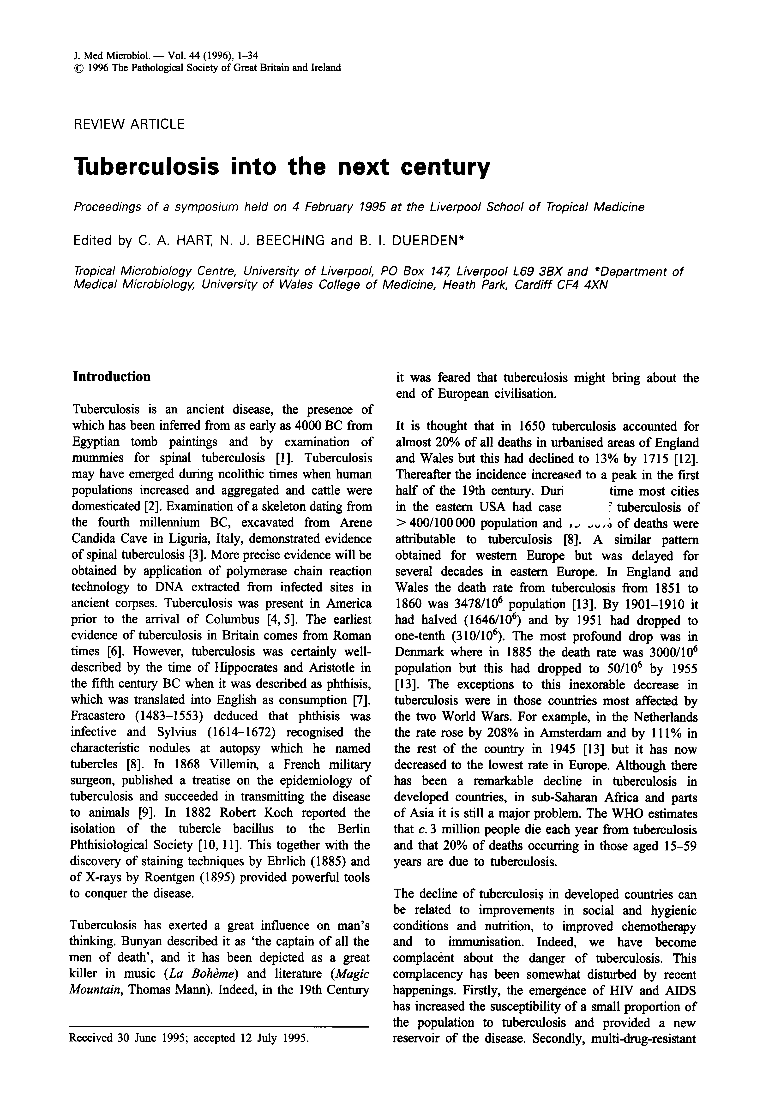
Full text loading...

Tuberculosis into the next century: Proceedings of a symposium held on 4 February 1995 at the Liverpool School of Tropical Medicine, Page 1 of 1
< Previous page | Next page > /docserver/preview/fulltext/jmm/44/1/medmicro-44-1-1-1.gif
There is no abstract available.

Article metrics loading...

Full text loading...
References


Data & Media loading...
